In this detailed review, we'll explore the Flydigi Vader 4 Pro gamepad, diving deep into its features, performance, and the latest updates. From joystick mechanics to input latency tests, find out if this gamepad lives up to the expectations set by its predecessor, the Vader 3.
Table of Contents
- 👾 Intro
- 🎮 Appearance
- ⚙️ Firmware Update & Calibration
- 🕹️ Joysticks
- 🎮 Advanced Joystick Settings
- 🔍 Bitness
- 🔧 Disassembly
- ⏱️ Input Latency
- 📊 About Polling Rate
- ✅ Advantages
- ❌ Disadvantage
- 🔚 Conclusion
👾 Intro
The Flydigi Vader 4 Pro is not just another gamepad; it’s a leap forward in gaming technology. With the anticipation following the success of the Vader 3, the Vader 4 Pro promises enhancements that could redefine your gaming experience. Adjustable joystick tension, a refined sound system, and ultra-low latency are just the tip of the iceberg. But how do these features stack up in real-world gaming scenarios? Let’s dive into the details.
🎮 Appearance
At first glance, the Flydigi Vader 4 Pro appears strikingly similar to its predecessor, the Vader 3 Pro. This asymmetrical gamepad boasts an Xbox-style layout with two additional programmable buttons on the front right side. The tactile feedback from the buttons is delightful, providing a satisfying click that enhances your gameplay experience.
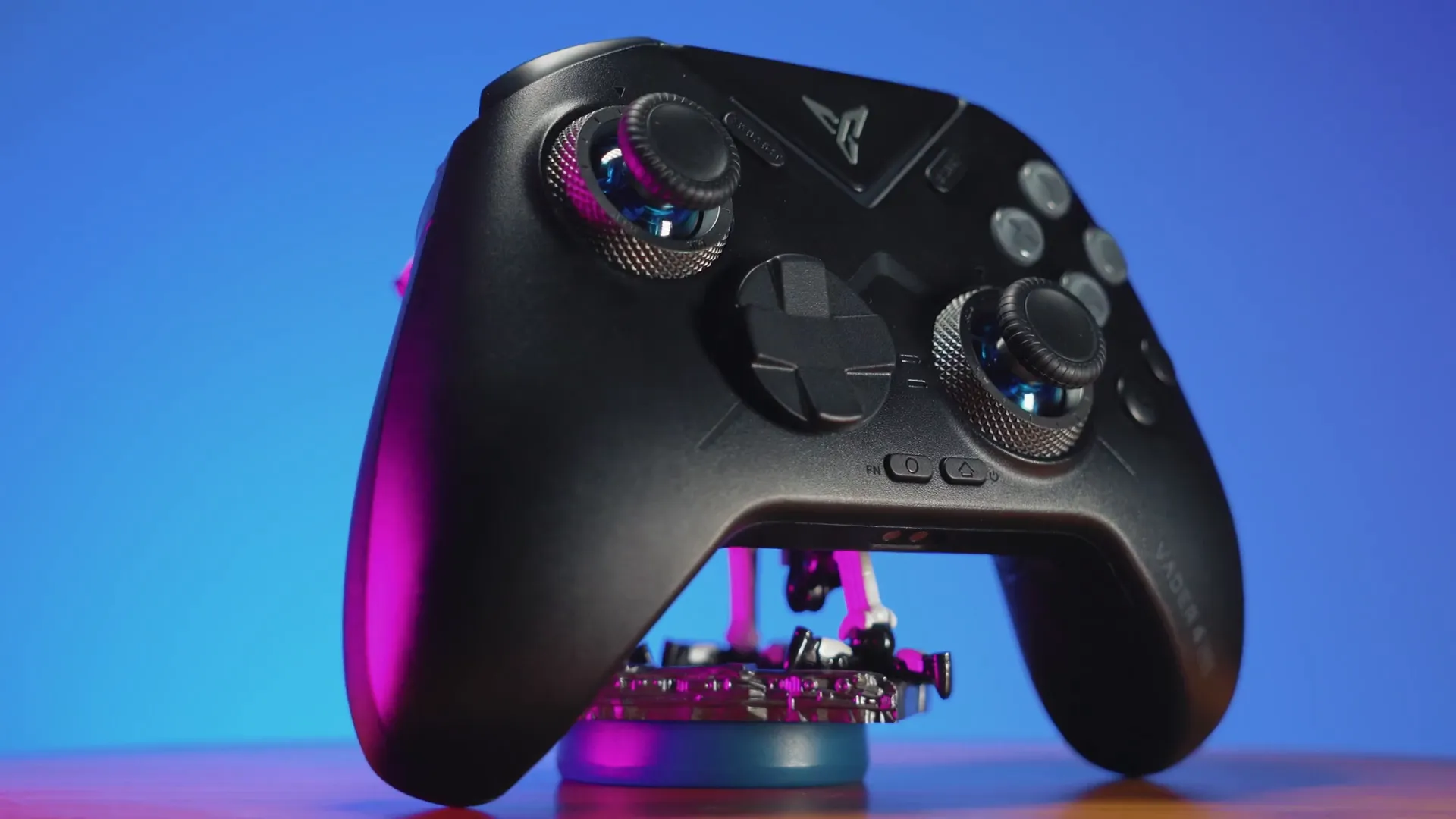
On the back, a unique switch allows seamless toggling between connection modes: receiver, Bluetooth, and Nintendo Switch. This thoughtful design feature simplifies the transition between devices. Additionally, the presence of four extra control buttons enables users to configure them for duplicating existing functions or executing macros, adding versatility to your gameplay.
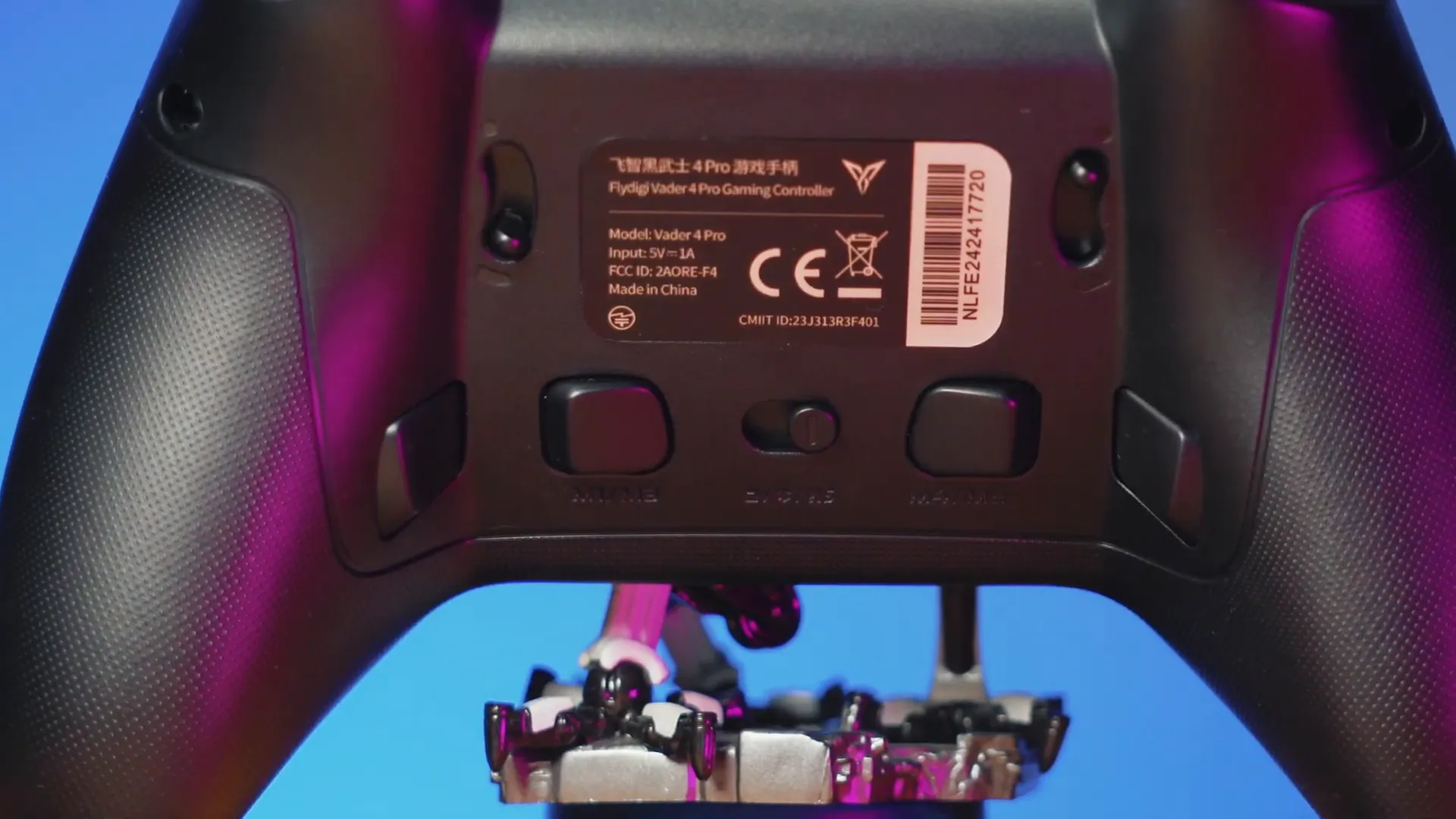
The triggers are a standout feature, offering a clear click similar to a mouse button. This enhances responsiveness, especially in fast-paced gaming scenarios. Overall, the design is sleek, mirroring the aesthetics of an Xbox Series controller, complete with a Type-C port and a rail for attaching a mobile phone clip—though the clip itself is sold separately.
⚙️ Firmware Update & Calibration
Before diving into gameplay, it’s critical to update the firmware and calibrate your Flydigi Vader 4 Pro. This step ensures optimal performance right from the start. To update, connect your gamepad via cable or receiver to the Flydigi Space Station program. Once connected, navigate to the update section in the interface and follow the prompts.

After updating, calibration is essential. This involves a specific button combination—Select + Start + Up—followed by rotating the joysticks clockwise and pressing the triggers. Calibration helps in minimizing drift and ensures that the joystick responds accurately to your inputs.
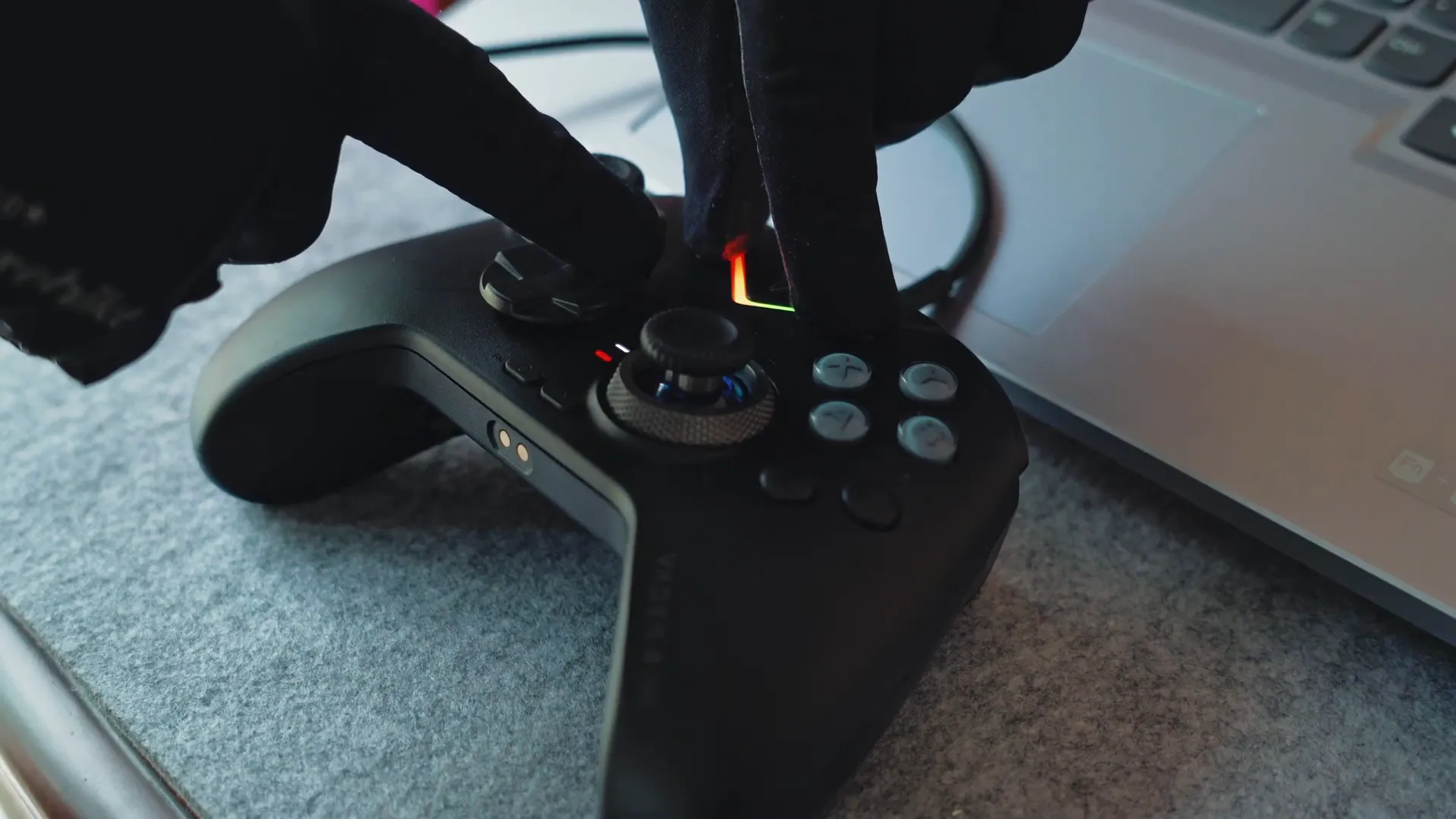
One notable aspect of the Vader 4 Pro is its absence of an internal dead zone. Even the slightest touch on the joystick sets it into motion, making it highly responsive. This feature is complemented by an automatic correction system that prevents drift, enhancing the overall gaming experience.
🕹️ Joysticks
The joysticks on the Flydigi Vader 4 Pro are a significant improvement over previous models. They can now register up to 2,000 movement positions from center to edge, offering unparalleled precision. Additionally, users have the ability to adjust joystick sensitivity, which can be tailored to personal preferences, enhancing gameplay fluidity.
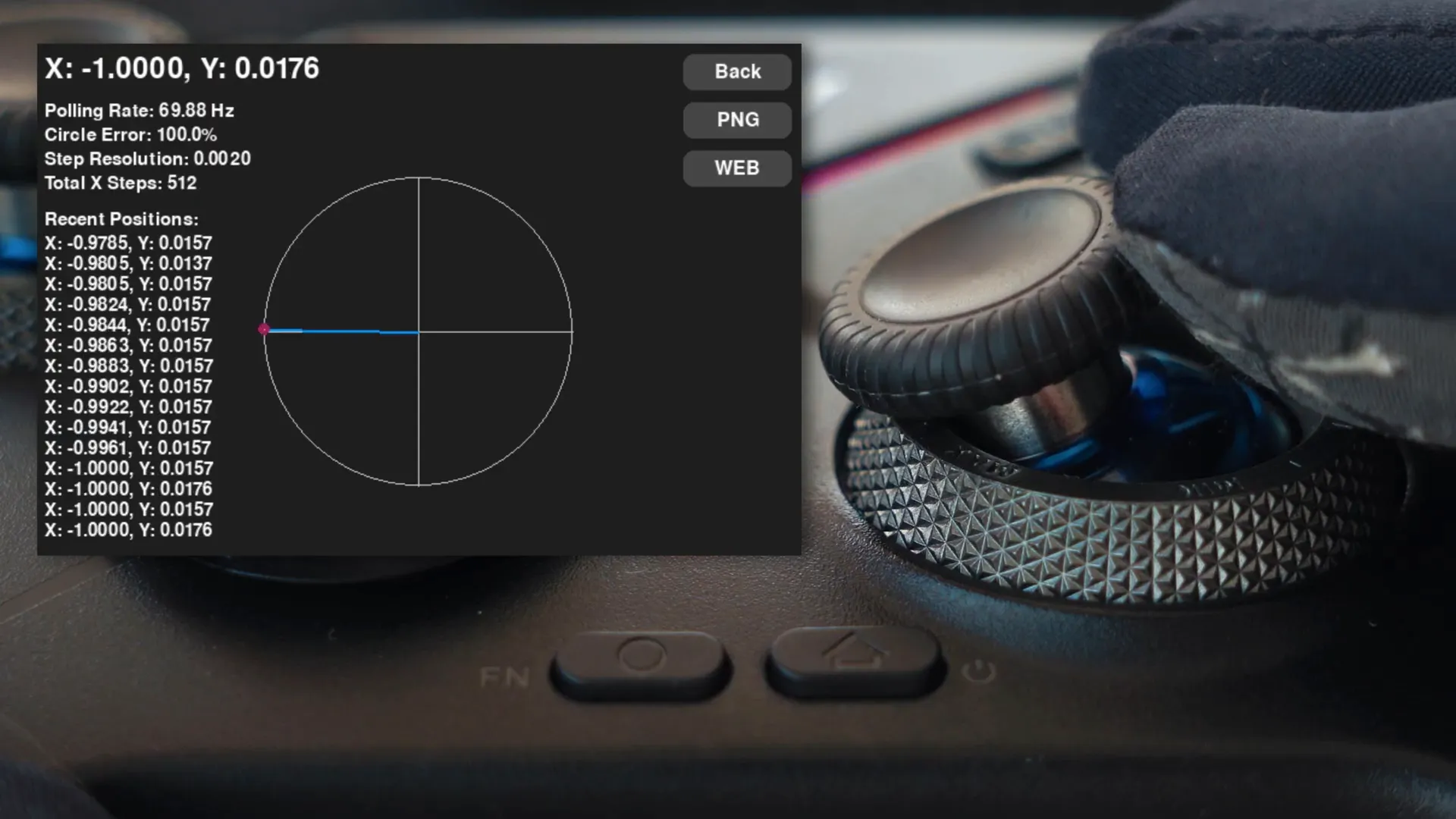
However, it’s essential to note that the Vader 4 Pro has a larger outer dead zone compared to its predecessor. This outer dead zone is about 1.2 mm, which can detract from the effective range of joystick movement. For gamers, this means that a portion of the joystick’s total movement is consumed by the dead zone, potentially impacting aim control.
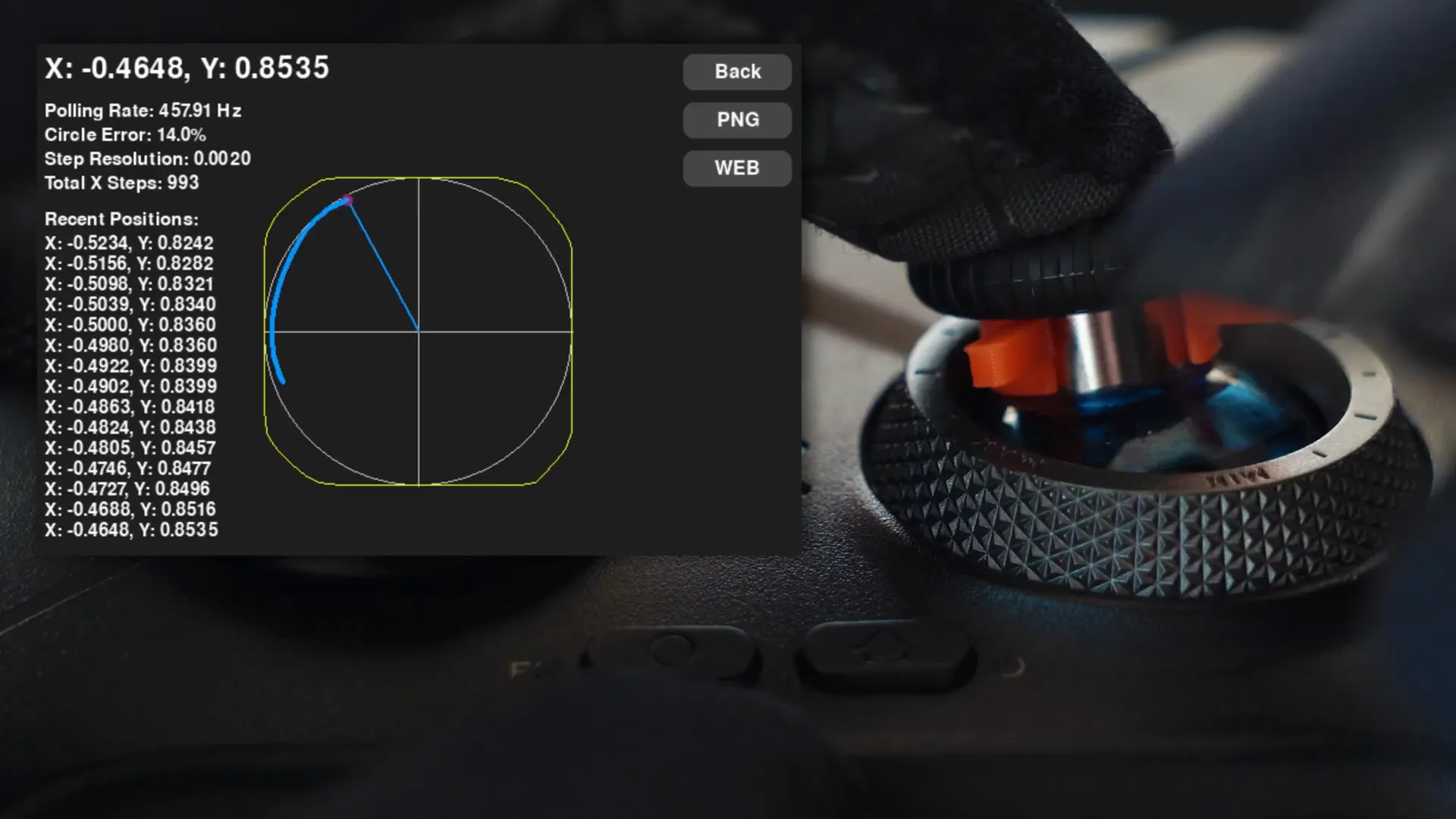
In terms of performance, the joystick latency is higher than that of the buttons. Testing revealed an average joystick latency of 26 milliseconds in X input mode, which is notably slower than the button latency of around 8 milliseconds. This discrepancy is crucial for competitive gamers who rely on quick reflexes.
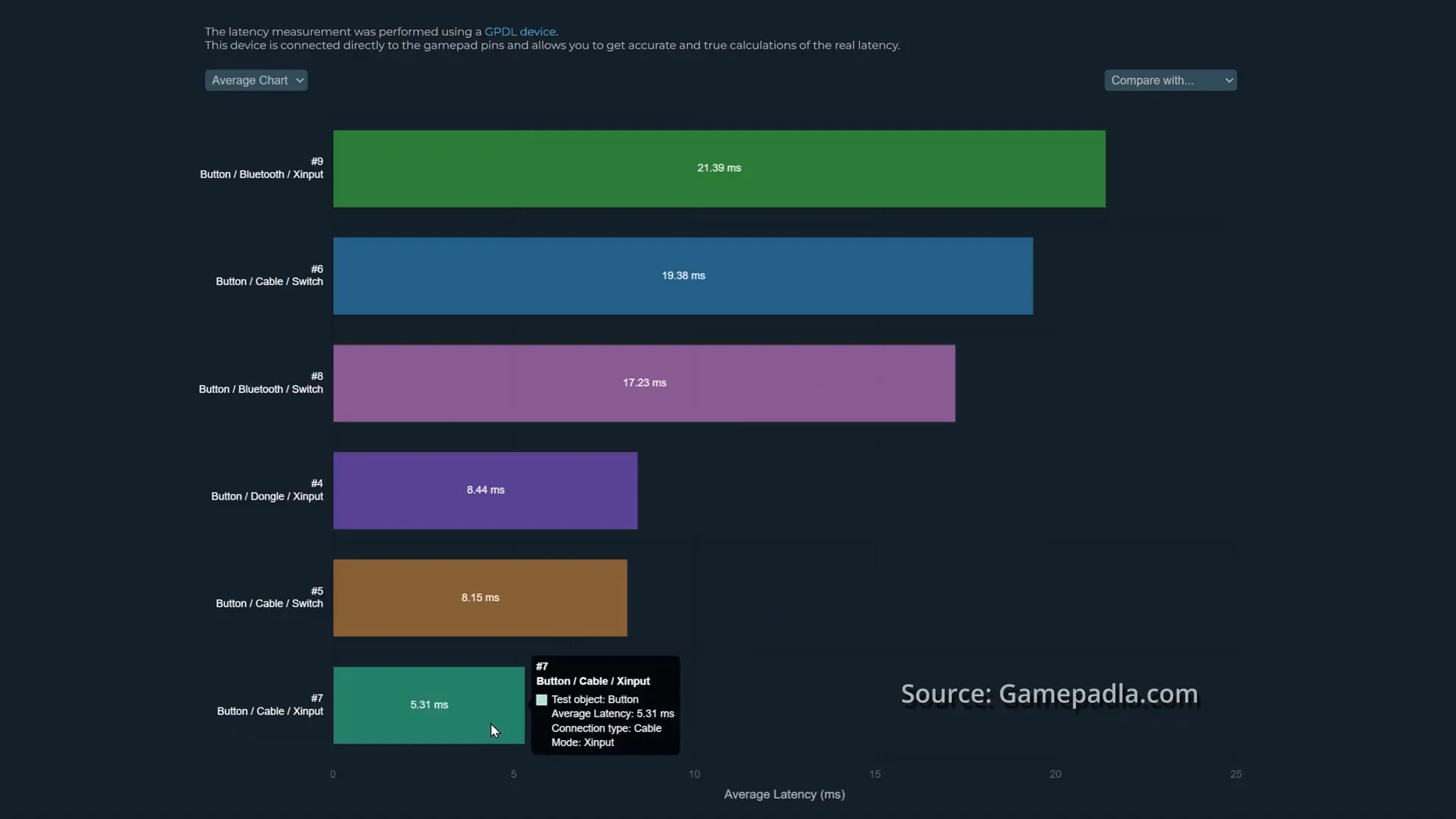
Despite this, the joystick's design eliminates mechanical friction, which theoretically should prevent drift. The Flydigi Vader 4 Pro also introduces a joystick debounce feature to minimize unwanted micro-movements, ensuring that your inputs are precise and accurate during gameplay.

In conclusion, while the Flydigi Vader 4 Pro showcases impressive advancements in joystick technology, the outer dead zone and joystick latency are areas that require attention. For casual gamers, these features may not pose significant issues, but competitive players should be mindful of how these factors could affect their performance.
🎮 Advanced Joystick Settings
The Flydigi Vader 4 Pro provides gamers with advanced joystick settings that can significantly enhance gameplay. These settings allow for a more personalized gaming experience by tailoring joystick behavior to individual preferences.
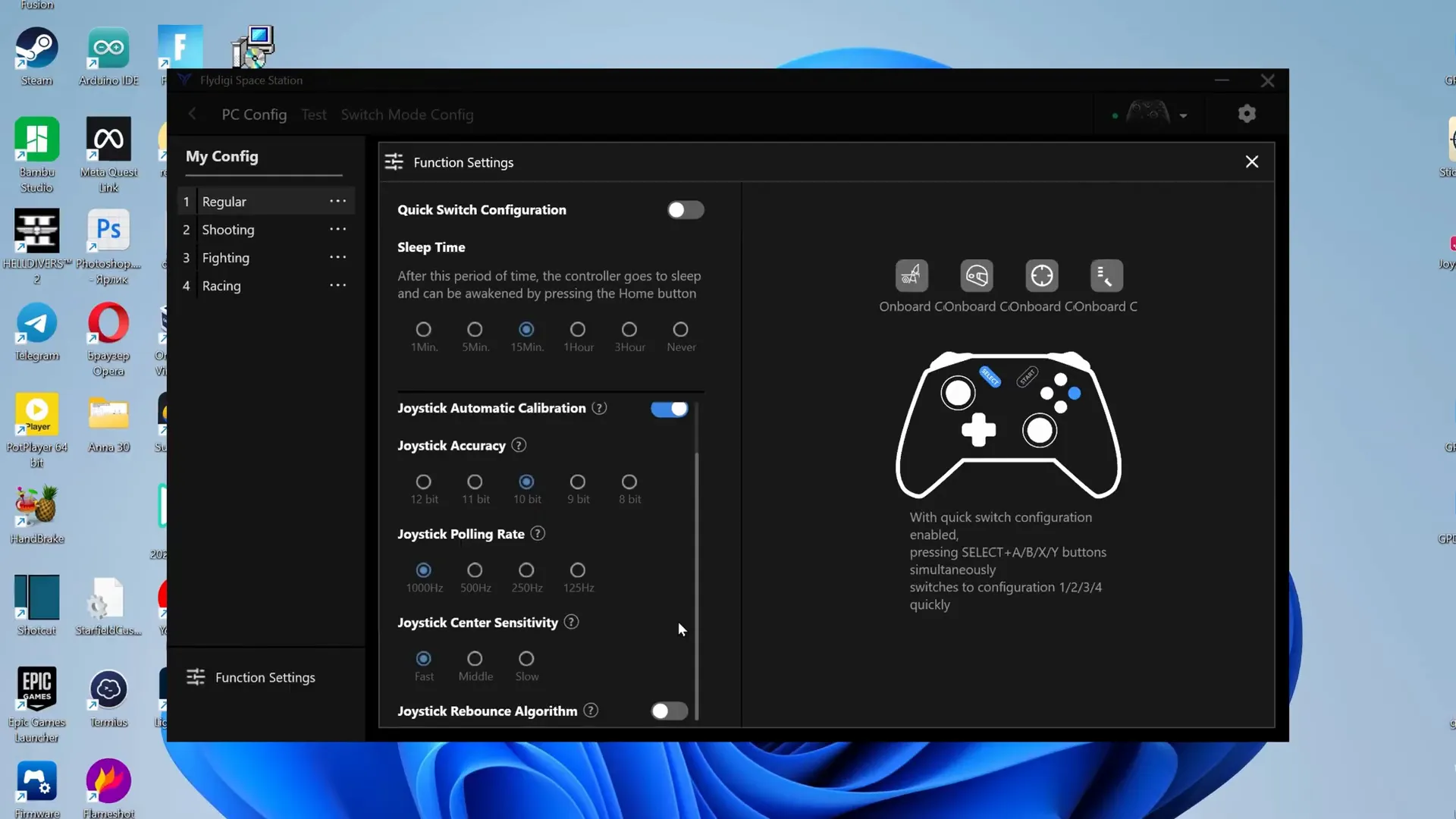
Among these settings, joystick bitness stands out. You can select between 8-bit and 10-bit options, affecting how many distinct positions the joystick can register as you move from center to edge. At 8 bits, the joystick recognizes 125 positions, while at 10 bits, it can capture about 500 positions. For most players, 8 bits provides sufficient accuracy, but competitive gamers might prefer the increased precision offered by 10 bits.
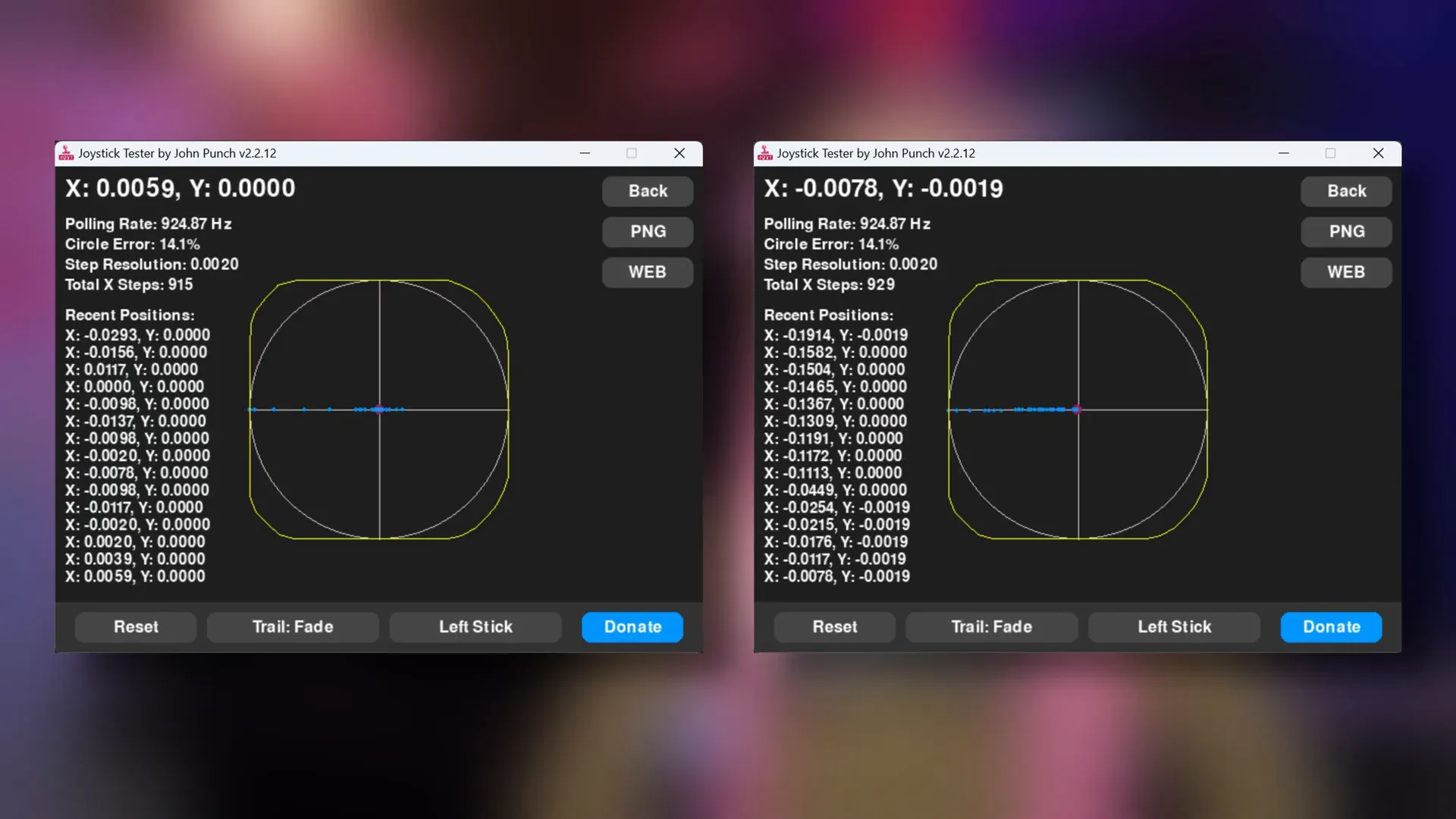
Another critical setting is the joystick polling rate. This determines how often the gamepad sends data regarding the joystick's position. A higher polling rate reduces latency, which is crucial in fast-paced gaming scenarios. With a 1,000 Hz polling rate, latency can drop to 25 milliseconds, significantly improving responsiveness.
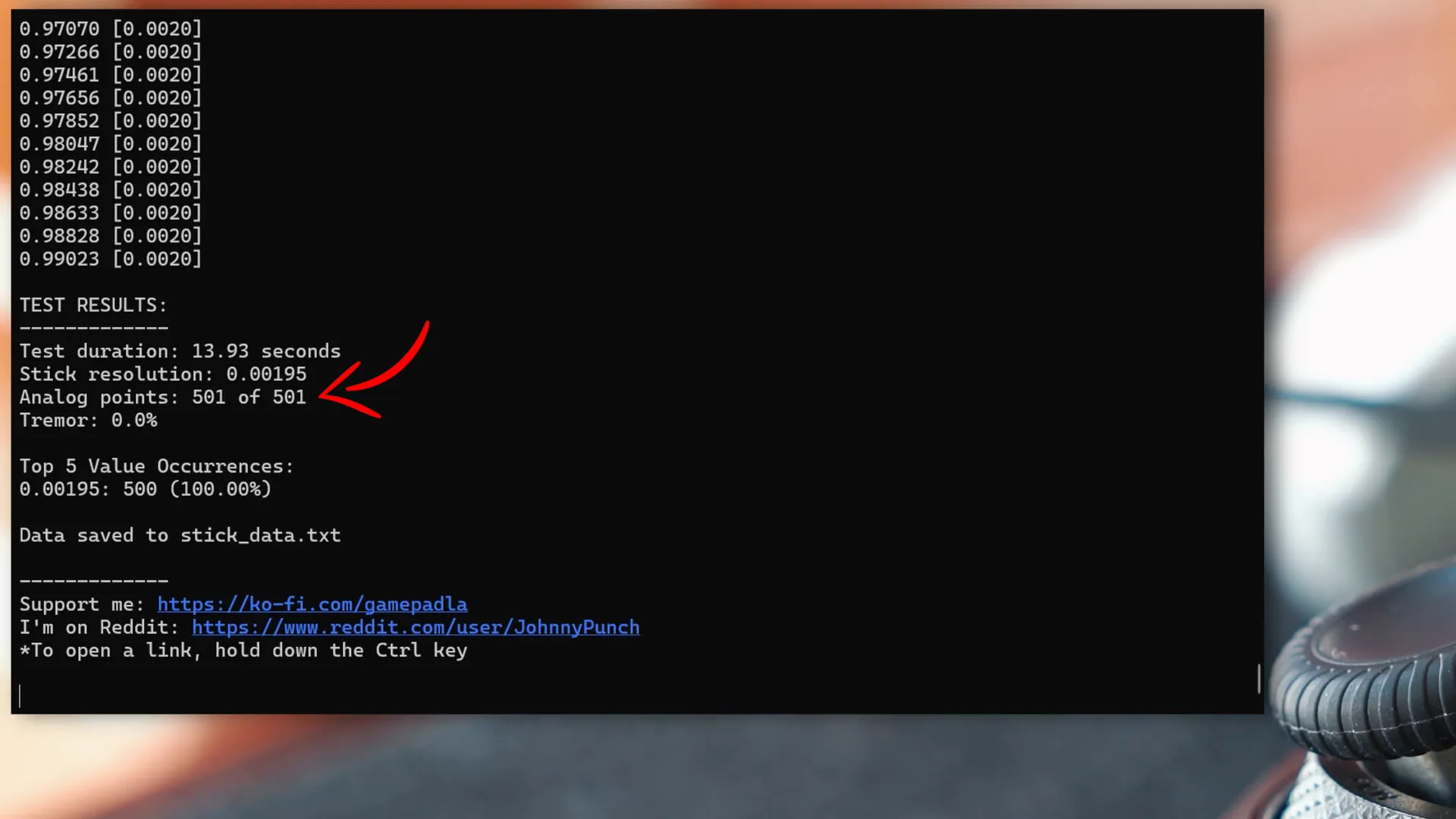
Additionally, the joystick center sensitivity setting allows for fine-tuning how sensitive the joystick is around the center position. However, many users find this parameter unclear, as it does not seem to impact behavior or latency noticeably.
Finally, the joystick rebound algorithm can be activated to help stabilize the joystick in its center position. While this feature can enhance control, it may introduce additional latency, making it less favorable for players seeking maximum responsiveness.
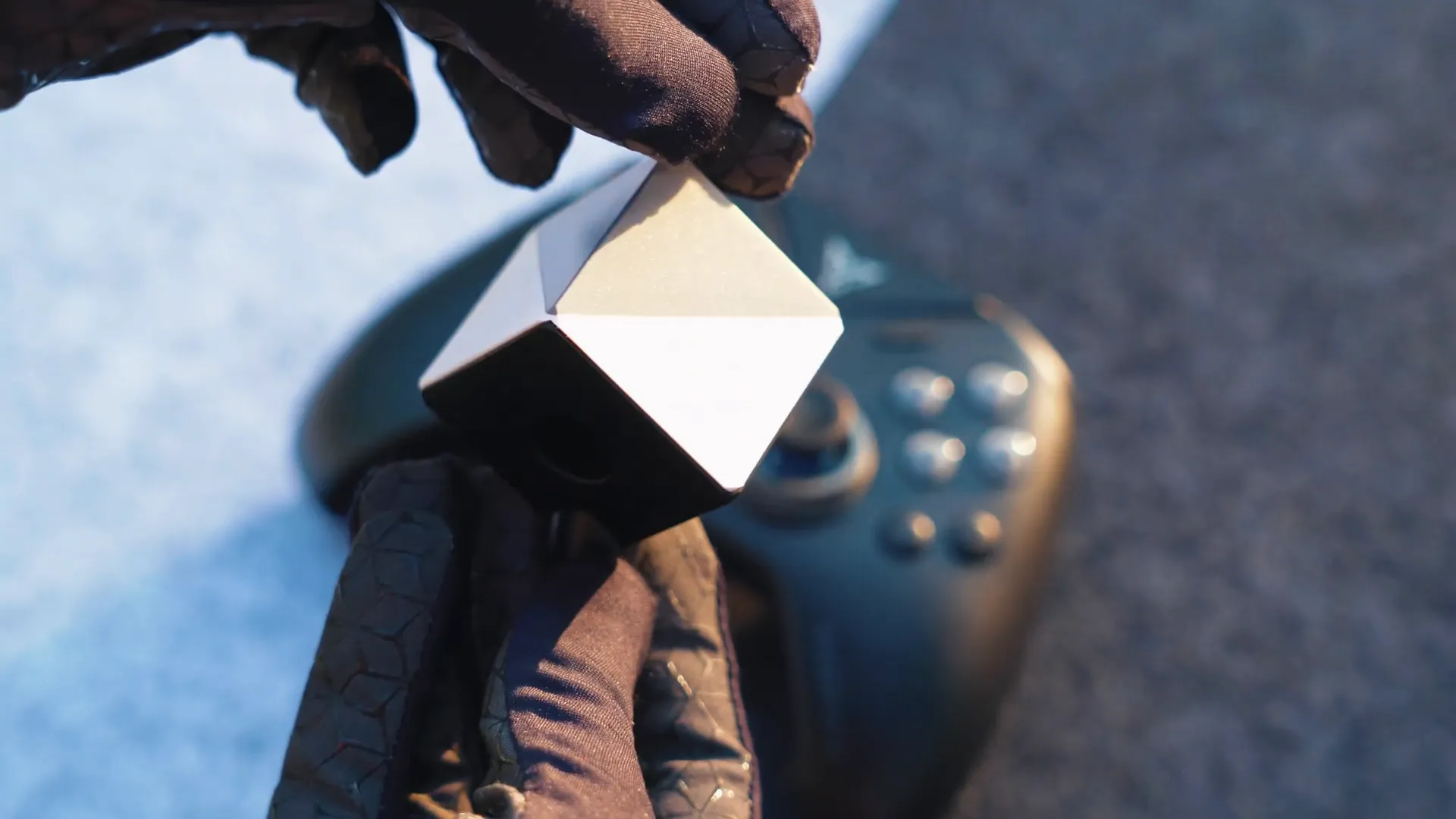
🔍 Bitness
Bitness in gaming controllers refers to the resolution of input detection, which is crucial for precise control. The Flydigi Vader 4 Pro offers a choice between 8-bit and 10-bit configurations, allowing players to select their desired level of accuracy.

At 8 bits, the joystick captures a limited number of positions, which may suffice for many casual gamers. However, competitive players will benefit from the 10-bit setting, which allows for more detailed input recognition, translating to smoother and more accurate movements in gameplay.
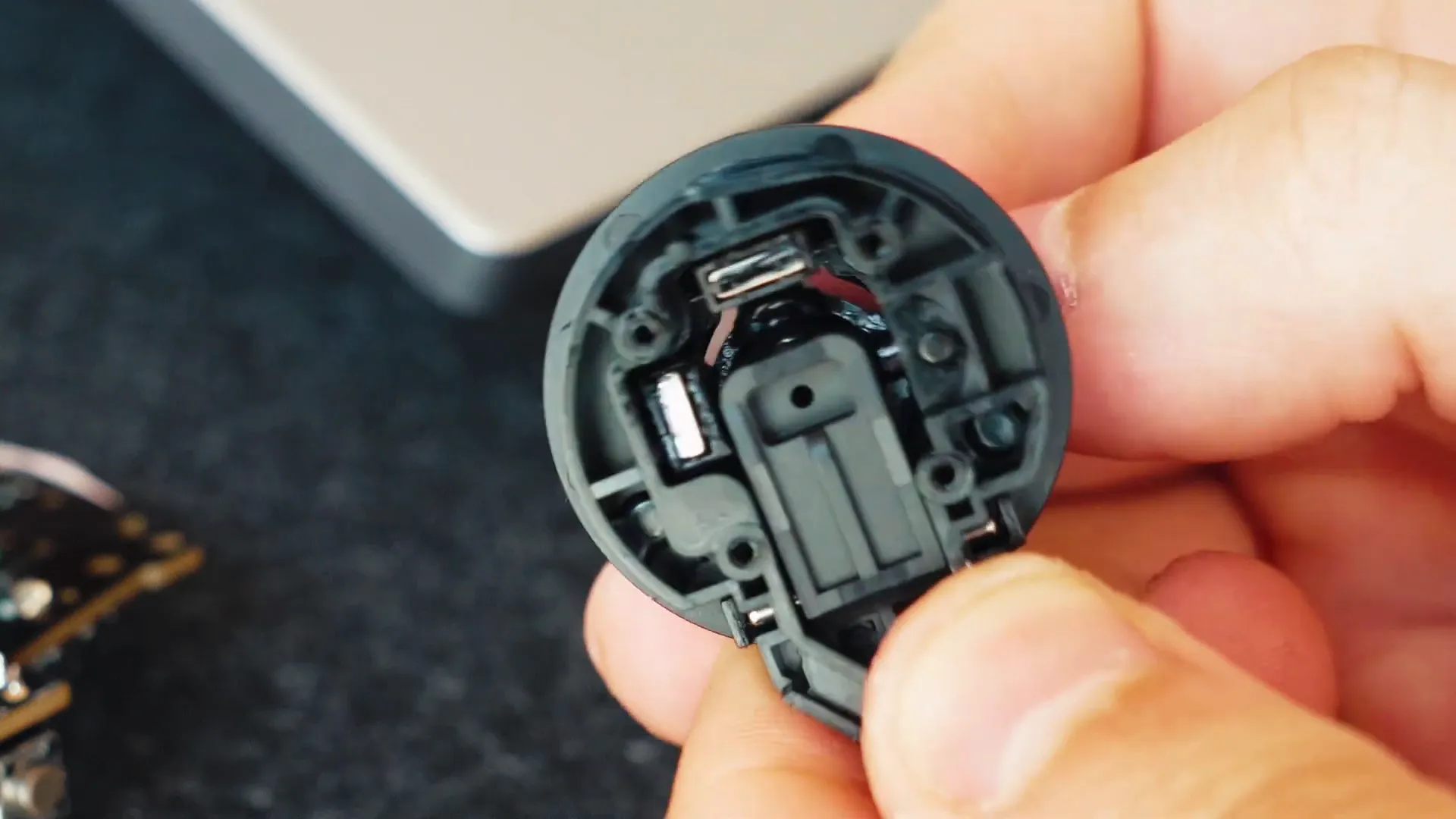
It’s essential to understand that while higher bitness improves precision, it may also affect the controller's overall performance, including input latency. As such, players should weigh the benefits of increased accuracy against the potential for slower response times.
🔧 Disassembly
To truly understand the mechanics of the Flydigi Vader 4 Pro, disassembling the gamepad is an enlightening process. By carefully removing the four screws on the back with a PH1 screwdriver, you gain access to the internal components.
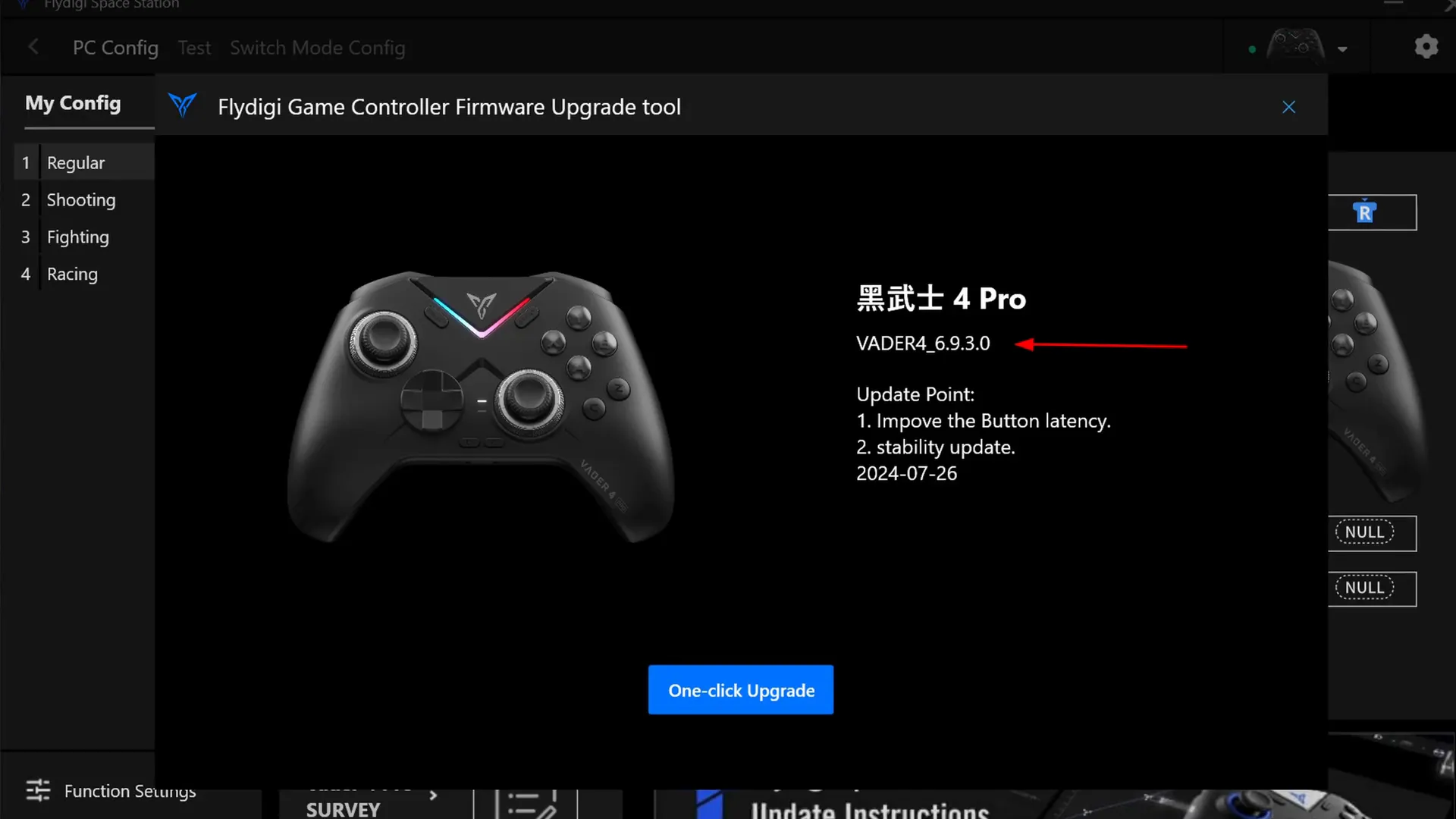
Inside, the design is clean and organized, with components easily accessible for testing and modification. The unique joystick design features mechanical movement parts and magnetic sensors, which contribute to the joystick's precision and responsiveness.
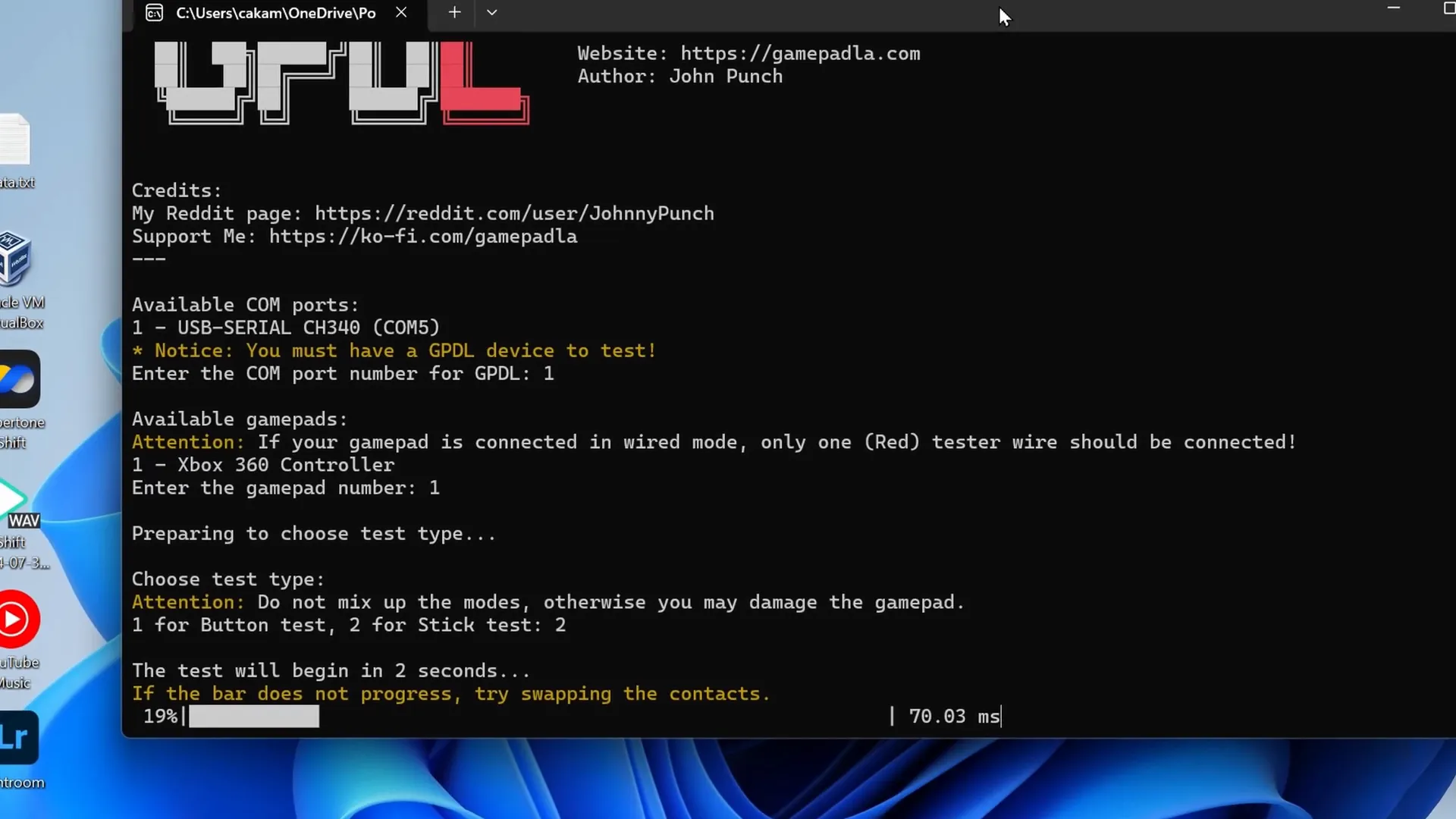
This level of accessibility is beneficial for users interested in testing input latency with devices like the GPD tester. By connecting the tester directly to the gamepad's contacts, you can simulate button presses and joystick movements, providing valuable data on performance.
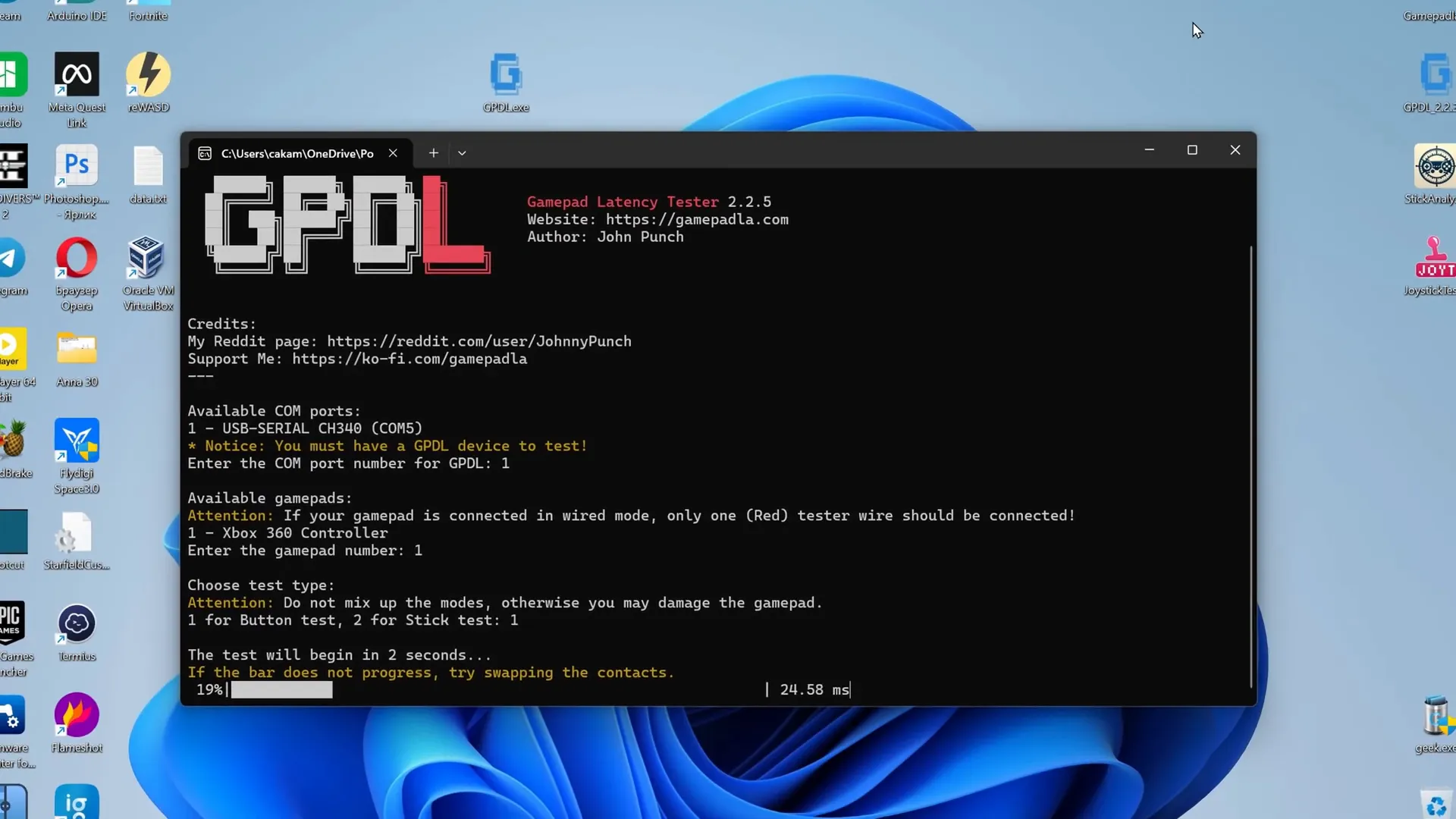
The disassembly process also highlights the potential for DIY modifications. For instance, users with 3D printers can create custom parts to enhance the joystick's performance or address any issues related to the adjustable tension rings.
⏱️ Input Latency
Input latency is a critical aspect of gaming performance, and the Flydigi Vader 4 Pro has undergone rigorous testing to determine its responsiveness. Through the GPD tester, we can see how the controller performs across various connection modes.
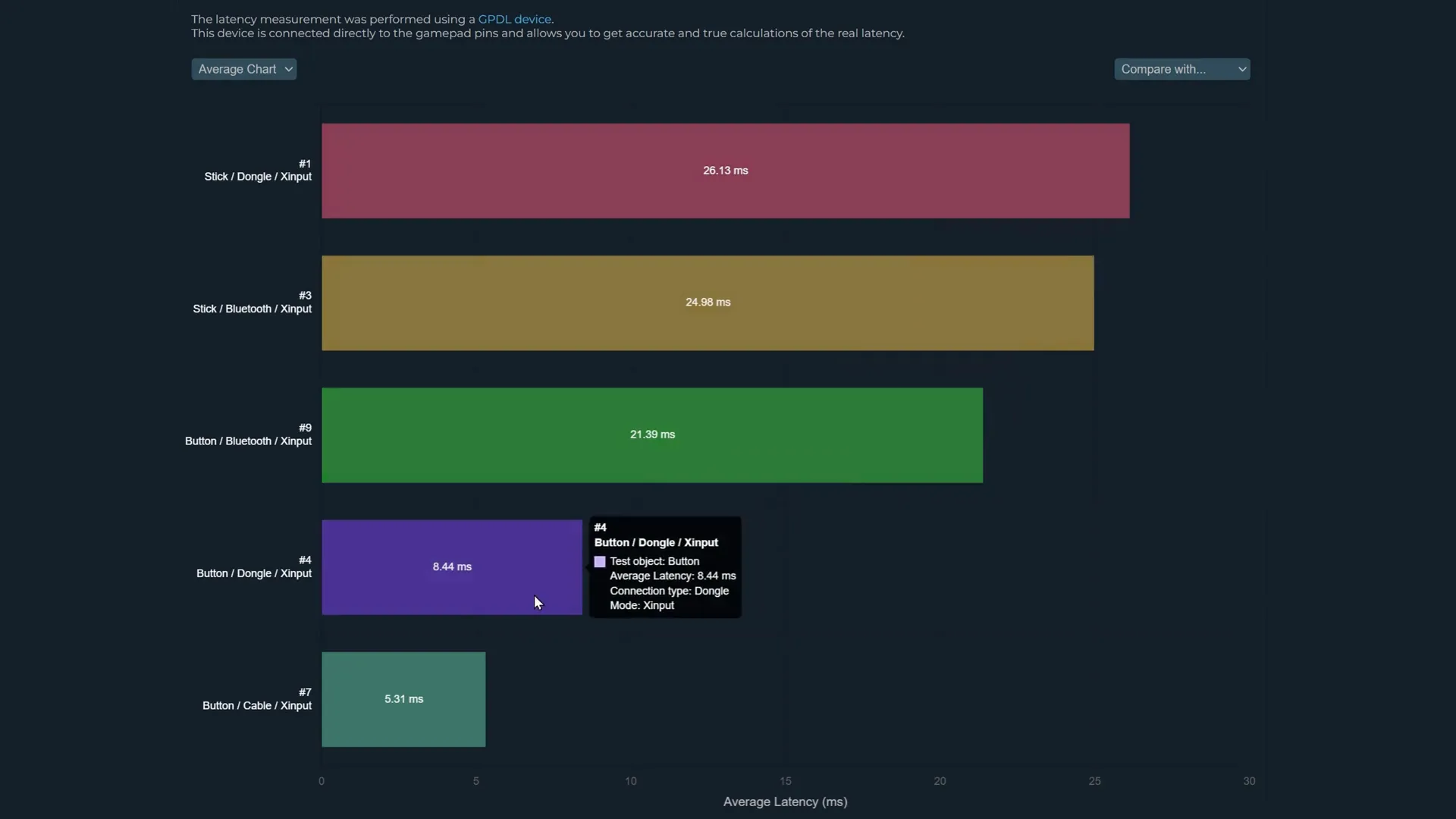
In X input mode, the average button latency via cable is an impressive 5.31 milliseconds, while Bluetooth connectivity shows a latency of 2.39 milliseconds. These results are competitive, even when compared to high-end controllers like the Flydigi Apex 4.
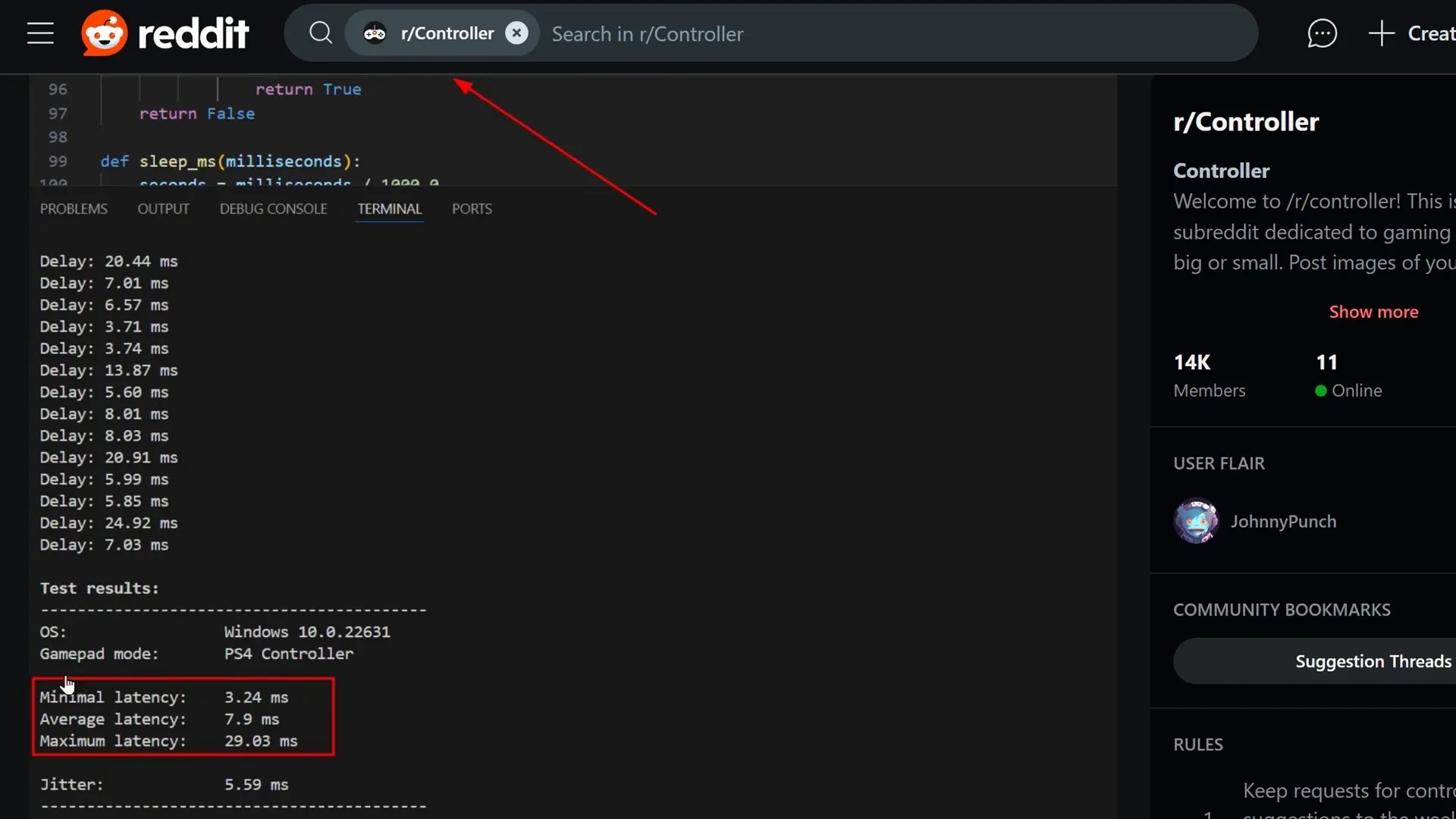
However, joystick latency presents a different story. The average joystick latency is around 26 milliseconds, significantly higher than button latency. This discrepancy can be a concern for competitive gamers who rely on quick reflexes and precise movements.
Despite improvements in button latency, the joystick's slower response time could impact gameplay, particularly in fast-paced scenarios where every millisecond counts. Understanding these latency figures is crucial for gamers looking to optimize their setup.
📊 About Polling Rate
The polling rate refers to how frequently a game controller sends data to the connected device. It’s measured in Hertz (Hz) and essentially dictates how often the gamepad updates its position and button states. For the Flydigi Vader 4 Pro, the polling rate can be adjusted to suit different gaming needs.

A higher polling rate means more frequent updates, translating to reduced latency and increased responsiveness in gameplay. For instance, at 1,000 Hz, the latency can drop to as low as 25 milliseconds, making it ideal for fast-paced gaming where every millisecond counts.
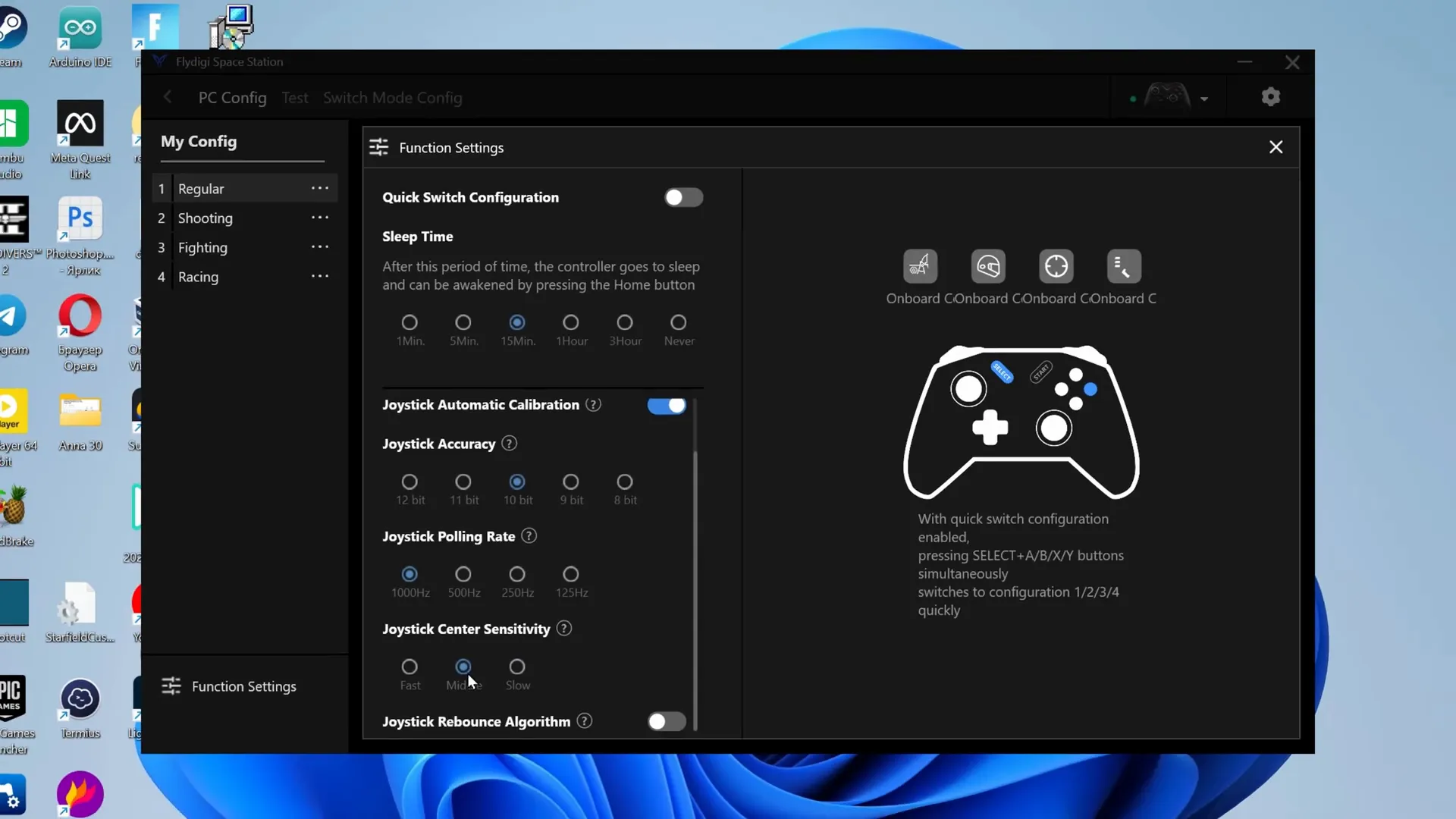
However, a higher polling rate can also lead to increased battery consumption, which is a trade-off that gamers need to consider. Finding the right balance between performance and battery life is crucial, especially for those who play for extended periods.
✅ Advantages
The Flydigi Vader 4 Pro comes with several notable advantages that enhance the gaming experience.
- Adjustable Joystick Tension: This feature allows players to customize the resistance of the joystick, catering to personal preferences for a more tailored experience.
- High Polling Rate: With options up to 1,000 Hz, the controller ensures minimal latency, making it a strong contender in competitive gaming scenarios.
- Universal Compatibility: The Vader 4 Pro works seamlessly across multiple devices, including PCs, consoles, and even the Nintendo Switch, making it a versatile choice for gamers.
- Improved Input Latency: The gamepad has shown impressive results in latency tests, outperforming many competitors in both wired and wireless modes.
- Gyroscope Integration: The built-in gyroscope enhances motion control capabilities, providing an edge in specific games that utilize this feature for aiming or navigation.
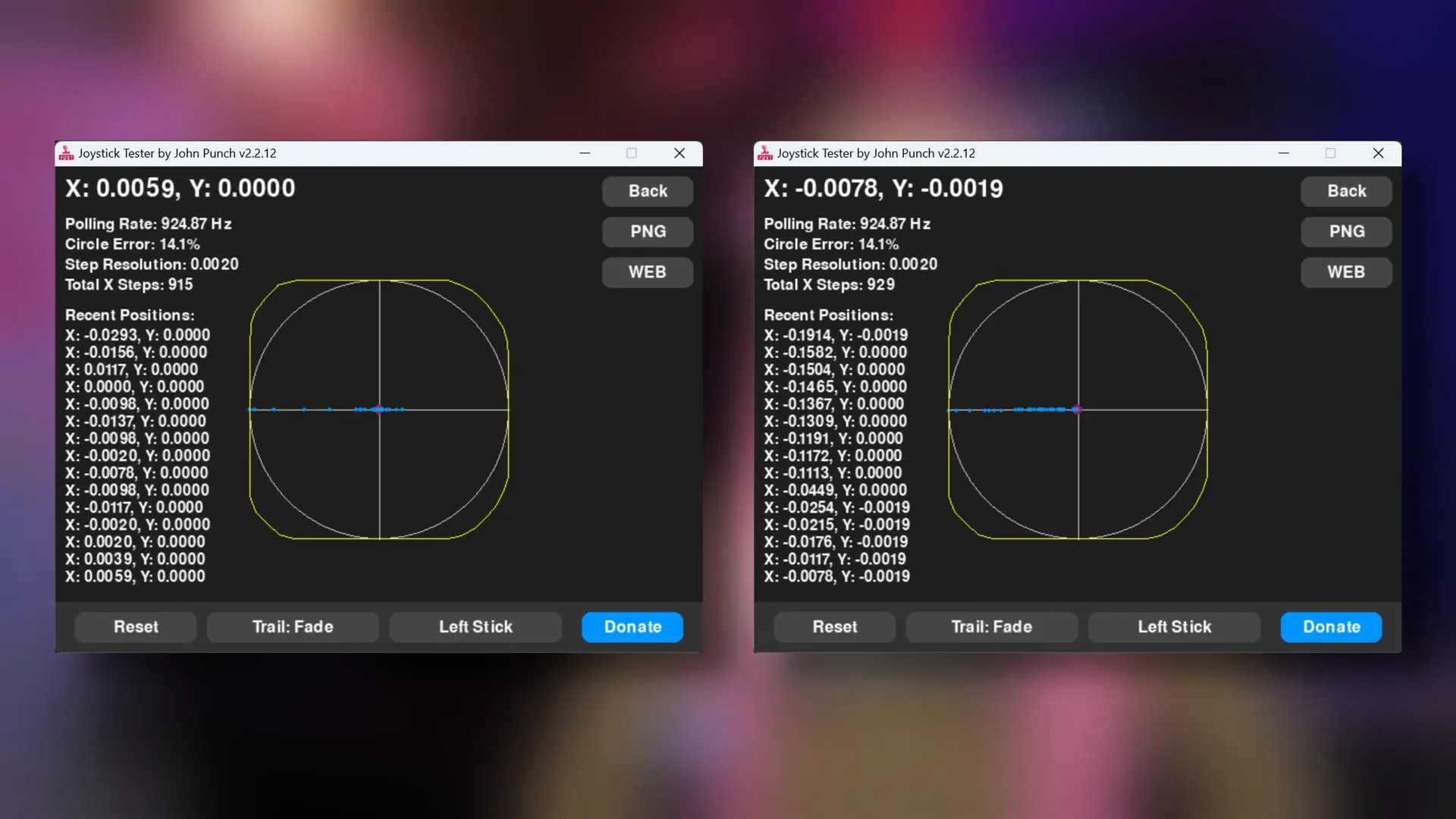
❌ Disadvantage
Despite its strengths, the Flydigi Vader 4 Pro is not without its drawbacks.
- Outer Dead Zone: The controller features a significant outer dead zone of 1.2 mm, which can hinder precision in aiming and control, especially in fast-paced games.
- Joystick Latency: While button latency is impressive, joystick latency averages around 26 milliseconds, which can be a disadvantage in competitive settings where quick reflexes are essential.
- Build Quality Concerns: Some users have reported issues with screws not securing properly, indicating potential quality control issues that could affect durability.
- Exclusivity of Features: Advanced features like joystick settings are currently exclusive to the Vader 4 Pro, limiting options for users of older models.

🔚 Conclusion
The Flydigi Vader 4 Pro represents a significant step forward in gamepad technology, boasting a range of features designed to enhance the gaming experience. With its adjustable joystick tension, high polling rate, and universal compatibility, it caters well to a diverse audience of gamers.
However, potential buyers should weigh the advantages against the noted disadvantages, particularly the outer dead zone and joystick latency, which may impact performance in competitive scenarios. For casual gamers, the Vader 4 Pro is a strong option that delivers solid performance and versatility. But for professionals or those sensitive to joystick precision, exploring alternatives may be prudent.
As Flydigi continues to roll out firmware updates, it’s advisable to keep an eye on improvements that could address existing issues. Overall, the Vader 4 Pro is a commendable choice for those looking to elevate their gaming experience.




Leave a comment
This site is protected by hCaptcha and the hCaptcha Privacy Policy and Terms of Service apply.